4 Reasons to Visit Tsukiji, Tokyo's Foodie Paradise

Tokyo's Tsukiji area is home to a vibrant market offering fresh vegetables, fruit, seafood, and other ingredients. In this article, we introduce the features that make Tsukiji an irresistible location for those who love Japanese food and culture.
Tsukiji, a district in Tokyo, became famous for its vibrant fish market and rich history, which dates back to the Edo period when the land was reclaimed from Tokyo Bay after 1657. The name “Tsukiji” literally means “constructed land.”
Originally established in 1935, Tsukiji Market became a bustling hub for seafood and produce, attracting both professionals and tourists. The market is divided into two main areas: the Inner Market, which was primarily for wholesale business, and the Outer Market, which features retail shops and restaurants.

In 2018, the Inner Market was moved to Toyosu. Toyosu Fish Market is where you can watch the popular tuna auctions.
However, the Outer Market remained in Tsukiji. A food lover’s paradise, the Outer Market in Tsukiji offers a variety of fresh seafood, fruits, vegetables, and traditional Japanese foods. The market also provides unique experiences such as fish-cutting demonstrations and cooking classes.
In this article, we share with you four reasons to visit Tsukiji.
1. Close to Tokyo's Center
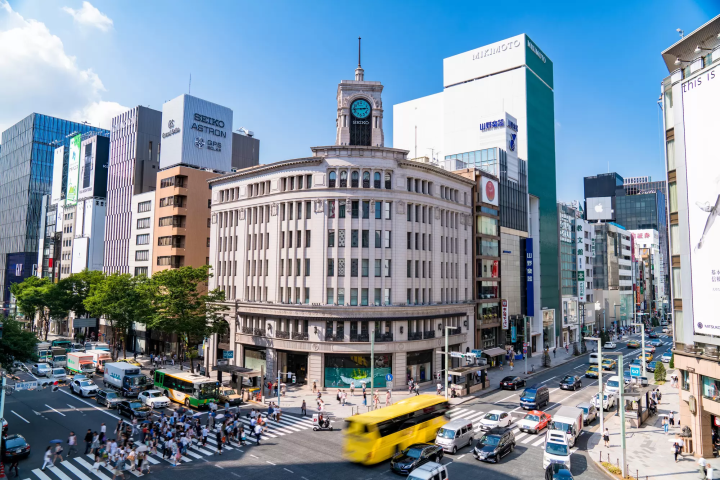
Photo by Pixta
Tsukiji is exceptionally well-connected and easy to access. Located in central Tokyo, the market area is just a short walk from Tsukiji Station on the Tokyo Metro Hibiya Line.
The area is also near major transit hubs like Ginza and Shimbashi, making it convenient for both visitors and locals. Its central location means visitors can easily explore other nearby attractions, such as the iconic Ginza shopping district or the historic Hamarikyu Gardens, making Tsukiji an ideal starting point for a day in Tokyo.
2. Cheap and Tasty Local Food
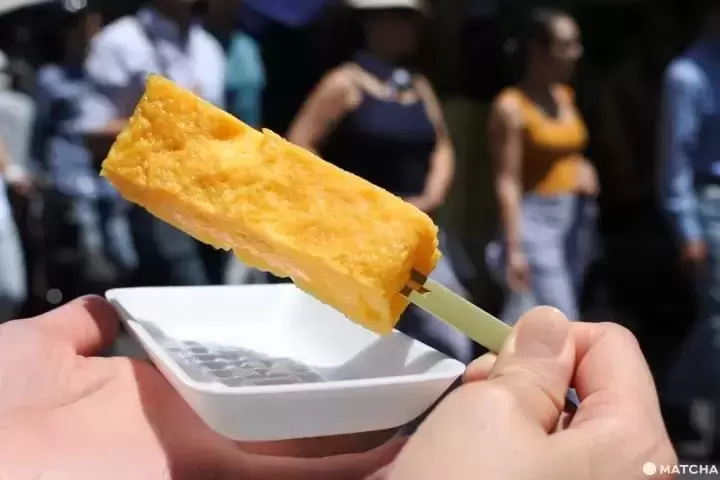
The city is renowned for its local cuisine, featuring dishes like egg rolls, traditional sweets, and senbei (rice crackers).
Fresh vegetables and unique snacks are abundant, reflecting the region's agricultural wealth. The Tsukiji Market stands as a haven for food lovers, offering some of the freshest food ingredients in Japan.
3. Tsukiji Hongwanji Temple
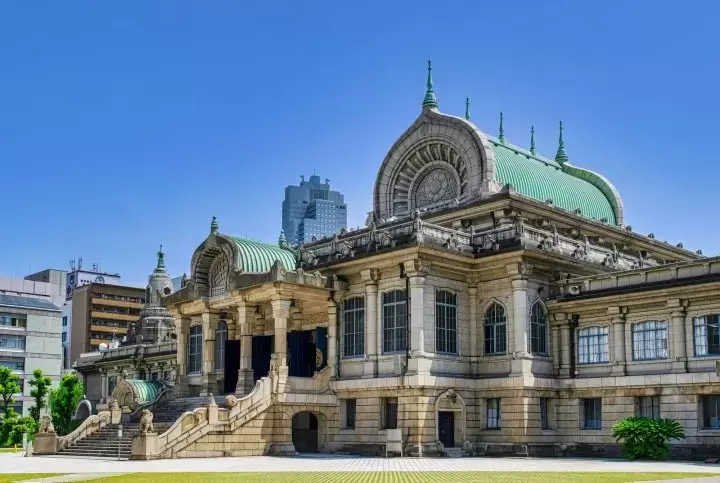
Photo by Pixta
Nestled in the heart of Tokyo, Tsukiji Hongwanji stands out with its distinctive architecture that blends traditional Buddhist design with elements from Indian, Egyptian, and Greek styles.
This temple, rebuilt in 1934 after the Great Kanto Earthquake, was designed by architect Chuta Ito, who incorporated global influences to create a truly unique structure. The temple's stone facade, inspired by ancient Buddhist temples in India, is unlike any other in Japan.
Inside, the serene atmosphere is enhanced by the presence of a pipe organ, a rare feature in a Buddhist temple, offering a peaceful retreat amidst the bustling city. Conveniently located just a minute's walk from Tsukiji Station and close to popular sites like Tsukiji Market and Ginza, Tsukiji Hongwanji is easily accessible and a perfect addition to any Tokyo itinerary.
Whether you're interested in history, architecture, or simply seeking a moment of tranquility, Tsukiji Hongwanji offers a captivating experience that reflects Japan's deep cultural heritage and its openness to the world.
Read also
4. The Best Sushi in the World
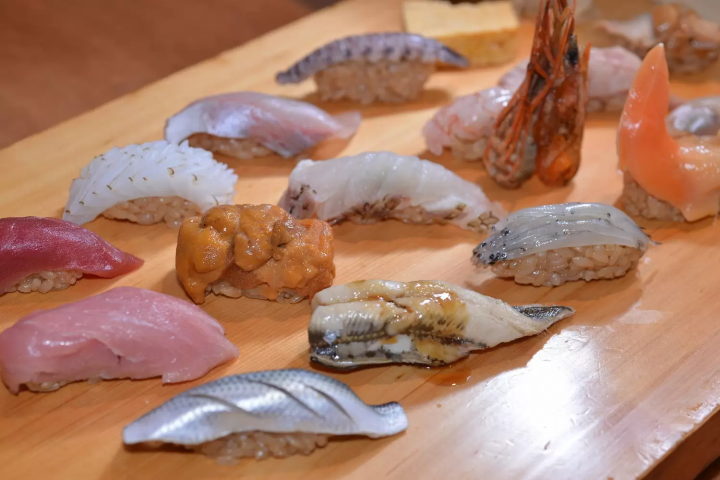
Photo by Pixta
The market was once the largest wholesale fish and seafood market in the world and a major tourist attraction. Sushi restaurants in the Tsukiji area became renowned for serving some of the freshest and highest-quality sushi, often made from seafood sourced directly from the market.
Even after the market relocated to Toyosu in 2018, the Tsukiji area has remained popular for its sushi, with many restaurants continuing to operate and draw in tourists and locals alike.
Sushi prices in the Tsukiji area can vary significantly depending on the type of restaurant and the quality of the ingredients. For those on a budget, you can find affordable sushi options ranging from 1,000 to 2,500 yen (7 to 18 USD) at casual eateries or standing sushi bars.
Mid-range sushi restaurants typically charge between 3,000 and 10,000 yen (21 to 70 USD) for a more refined dining experience, often including set menus or lunch specials.
For a premium sushi experience, especially at well-known establishments, prices can range from 15,000 to 30,000 yen (105 to 210 USD) or more, particularly if you opt for an omakase course, where the chef selects and prepares each piece of sushi with the finest seasonal ingredients.
Enjoy Exploring Tsukiji
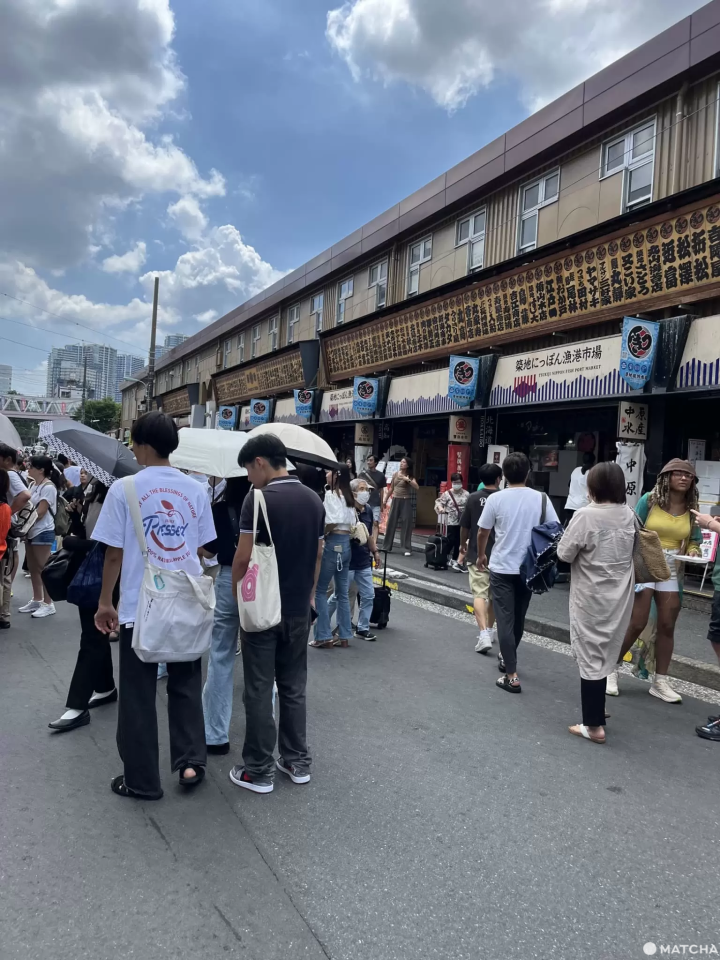
Despite the relocation of the Inner Market to Toyosu, Tsukiji remains a popular destination, preserving its legacy and continuing to attract food enthusiasts from around the world.
Do visit Tsukiji while exploring Tokyo and indulge in its flavorful offerings!
Read also
Main image by Pixta
The P.A.L. Project is an international exchange project affiliated with the Keio University Welfare Institution’s Institute of International Relations (I.I.R.). It stands for "Promoting Asian Leadership" and aims to deepen understanding of Asia while reflecting on the leadership qualities that students should possess to lead the next generation.







































![[JR KYUSHU HOTEL Blossom Oita] A hotel directly connected to Oita Station - A comprehensive guide to access!](https://resources.matcha-jp.com/resize/720x2000/2025/10/23-247814.webp)
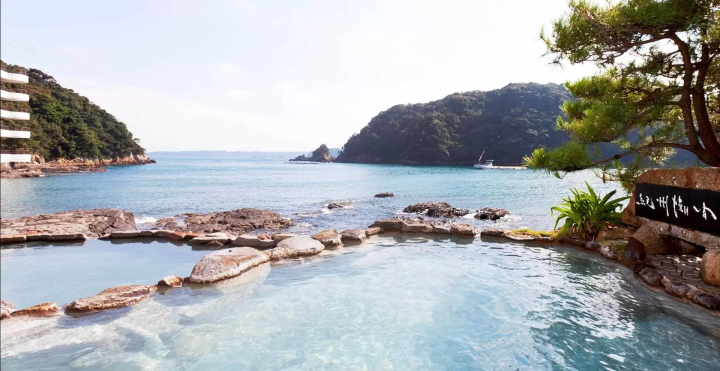
![Deep dive into Japanese brands! A tour of famous leather shoe stores with GENSEI & Nin [Harta Edition]](https://resources.matcha-jp.com/resize/720x2000/2025/12/18-253277.webp)
